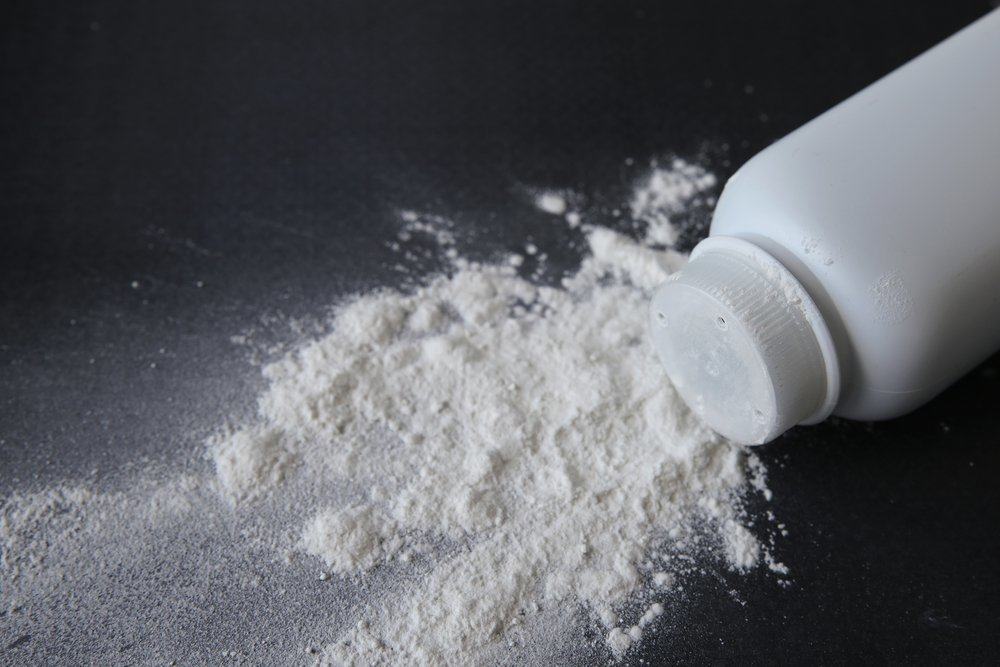Contents:
- Medical Video: Pediatric Sickle Cell Disease Care at Nemours Center for Cancer and Blood Disorders
- Anemia is caused by various conditions and diseases. What are the most common causes?
- Many symptoms of anemia are similar in character to fatigue and overwork. How do you distinguish ordinary fatigue from anemia?
- What is the limit of hemoglobin level that indicates someone is suffering from anemia?
- Malnutrition is a common cause of anemia. Is it true that a disease or poor diet is the trigger?
- How do anemia patients undergo daily activities?
- Does anemia endanger life?
- Are red blood cell transfusions safer than using drugs?
- Are there lifestyle measures, such as diet or exercise, that can treat anemia?
Medical Video: Pediatric Sickle Cell Disease Care at Nemours Center for Cancer and Blood Disorders
Anemia is caused by various conditions and diseases. What are the most common causes?
The biggest category of anemia is nutritional anemia, especially iron deficiency, and deficiency of folic acid or vitamin B12. The main cause is bleeding from the digestive tract. Chronic diseases that have an inflammatory component, such as rheumatoid arthritis, can also trigger anemia.
In addition, anemia can be caused by cancer or side effects of cancer treatment. Another fairly common cause is a deficiency of erythropoietin or Epo, a hormone that stimulates the production of red blood cells. This condition is often experienced by patients who have kidney disease.
Many symptoms of anemia are similar in character to fatigue and overwork. How do you distinguish ordinary fatigue from anemia?
Both conditions cannot be distinguished. Just like normal fatigue symptoms, anemia causes weakness and difficulty in thinking clearly.
But don't take it for granted if you experience these symptoms for a long time to disrupt normal activities. Check with your doctor immediately for a more accurate diagnosis. The initial examination begins with a hemoglobin level test, a protein that carries oxygen in red blood cells, to detect whether the symptoms are anemia.
What is the limit of hemoglobin level that indicates someone is suffering from anemia?
There are no definite provisions that regulate normal hemoglobin levels. But in general, doctors use a benchmark measure from the World Health Organization (WHO). The hemoglobin level <13 for men and <12 for women is considered as anemia.
Malnutrition is a common cause of anemia. Is it true that a disease or poor diet is the trigger?
Bleeding is one of the main causes of iron deficiency. Because, you will lose red blood cells that contain iron when bleeding. In addition, iron deficiency which commonly affects pregnant women and children is triggered by unbalanced food intake.
Nutritional iron deficiency is the biggest cause of anemia worldwide and is a serious problem in several states of the United States. When compared, more cases of iron deficiency are experienced than cases of folate deficiency or vitamin B12.
How do anemia patients undergo daily activities?
One of the things to learn is the body's ability to adapt. Over time, people affected by anemia are quite severe able to say, "Not as severe as it seems, how come”
Because activities become more limited than before, their lifestyles will slowly change. Instead of going shopping once a week, they might go out once a month and buy everything they need right away. Because, they are too tired to go back and forth to shop too often. There are more cases of adaptation that occur in people with anemia.
Does anemia endanger life?
A: The only case of life-threatening anemia is large bleeding, although chronic anemia is also indirectly dangerous if it occurs prolonged. Chronic anemia can force the heart to work very hard to cause life-threatening heart failure. Based on these facts, anemia can indeed cause severe illness and death.
Are red blood cell transfusions safer than using drugs?
For those of you who want to increase hemoglobin levels, the drug is much simpler and has little side effects if the dose is right. Whereas through transfusion, you have the risk of infectious diseases and other problems.
Are there lifestyle measures, such as diet or exercise, that can treat anemia?
In chronic conditions, you can do very little, except in cases of nutritional anemia, you only need to increase nutrient intake. Maybe the only thing you can do is go to the higher ground because there is less oxygen.
In an environment that provides little oxygen, the cells will stimulate Epo to make more red blood cells. People with chronic disease have slightly higher hemoglobin when they live in the highlands for some time.












